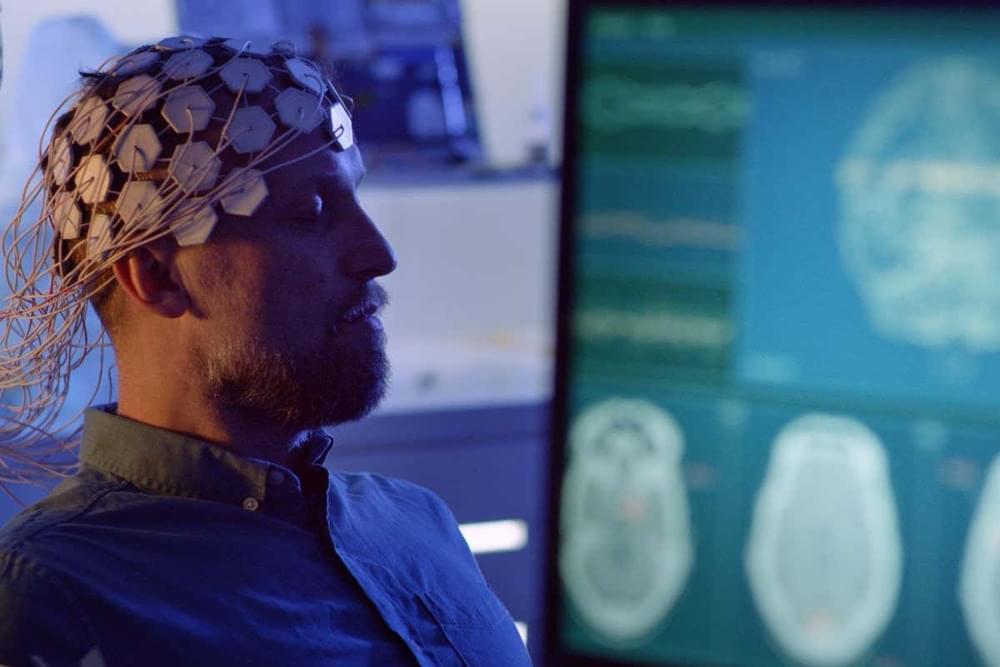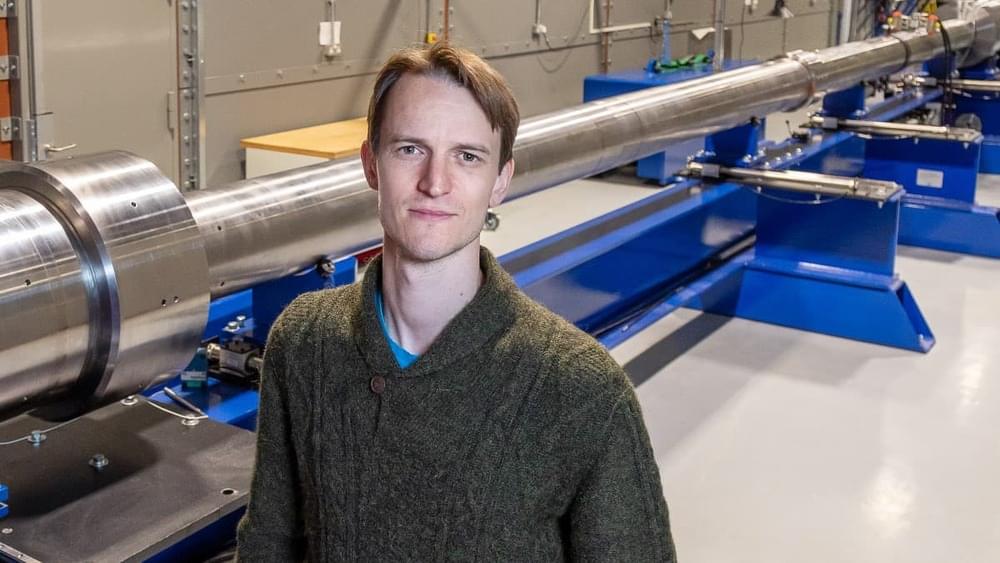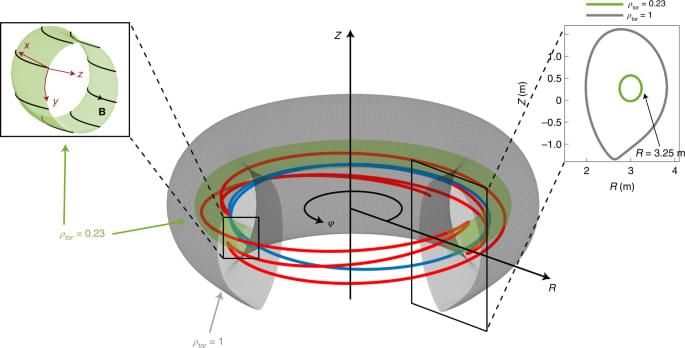A computer algorithm can use a technique called “ghost imaging” to reconstruct objects from a person’s brainwaves that the person themselves can’t see.



What if you could power the smart thermostats, speakers and lights in your home with a kitchen countertop? Stones, such as marble and granite, are natural, eco-friendly materials that many people building or renovating houses already use. Now, in a step toward integrating energy storage with these materials, researchers have fabricated microsupercapacitors onto the surface of stone tiles. The devices, reported in ACS Nano, are durable and easily scaled up for customizable 3D power supplies.
It would be convenient if the surfaces in rooms could charge smart home devices or other small electronics without being connected to the electrical grid. And although stone is a widely used material for floors, countertops and decorative backsplashes, it hasn’t been integrated with energy storage devices, such as batteries and capacitors. But stones, even those that are polished and seem smooth, have microscopic bumps and divots, making it difficult to adhere electrical components to them. Researchers have recently figured out how to place microsupercapacitors, which have fast charging and discharging rates and excellent power supply storage, onto irregular surfaces with lasers. So, Bongchul Kang and colleagues wanted to adapt this approach to build microsupercapacitors on marble. For further information see the IDTechEx report on Supercapacitor Materials and Formats 2020–2040.
I share this revealing interview given by Liz Parrish, “Patient Zero” in biological rejuvenation, to a journalist in Madrid, Spain. It took place in July 10, 2022 and lasts 20 minutes.
During the interview Liz speaks in English. However, the journalist, whose name is María Zabay, speaks mostly in Spanish.
Don’t miss it because Liz says things that most people don’t know about her and her company BioViva Sciences.
Liz Parrish, patient zero in gene therapy for full-body and brain biological rejuvenation, is interviewed by María Zabay.
María is a writer, speaker, director and host of television programs, as well as actress.



June 29 (Reuters) — Germany’s BioNTech (22UAy. DE), Pfizer’s (PFE.N) partner in COVID-19 vaccines, said the two companies would start tests on humans of next-generation shots that protect against a wide variety of coronaviruses in the second half of the year.
Their experimental work on shots that go beyond the current approach include T-cell-enhancing shots, designed to primarily protect against severe disease if the virus becomes more dangerous, and pan-coronavirus shots that protect against the broader family of viruses and its mutations.
In presentation slides posted on BioNTech’s website for its investor day, the German biotech firm said its aim was to “provide durable variant protection”.

Text-to-image generation is the hot algorithmic process right now, with OpenAI’s Craiyon (formerly DALL-E mini) and Google’s Imagen AIs unleashing tidal waves of wonderfully weird procedurally generated art synthesized from human and computer imaginations. On Tuesday, Meta revealed that it too has developed an AI image generation engine, one that it hopes will help to build immersive worlds in the Metaverse and create high digital art.
A lot of work into creating an image based on just the phrase, “there’s a horse in the hospital,” when using a generation AI. First the phrase itself is fed through a transformer model, a neural network that parses the words of the sentence and develops a contextual understanding of their relationship to one another. Once it gets the gist of what the user is describing, the AI will synthesize a new image using a set of GANs (generative adversarial networks).
Thanks to efforts in recent years to train ML models on increasingly expandisve, high-definition image sets with well-curated text descriptions, today’s state-of-the-art AIs can create photorealistic images of most whatever nonsense you feed them. The specific creation process differs between AIs.

AbstractAlpha particles with energies on the order of megaelectronvolts will be the main source of plasma heating in future magnetic confinement fusion react… See more.
Experiments at the Joint European Torus tokamak show improved thermal ion confinement in the presence of highly energetic ions and Alfvénic instabilities in the plasma.
